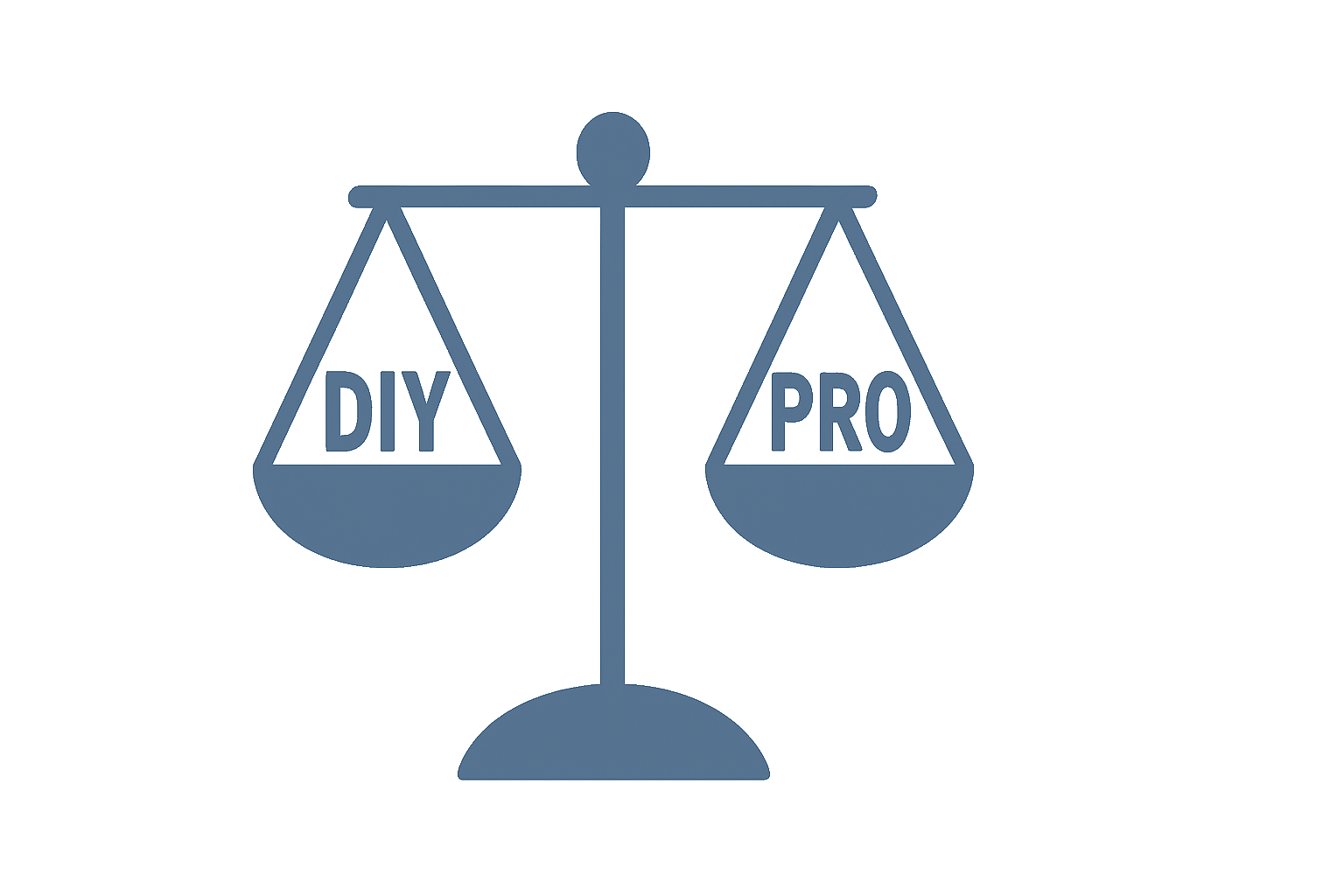📌 Quick Summary
1-Sentence Answer:
Your first patent search helps you uncover existing inventions so you don’t reinvent the wheel — or worse, the same golf club head.
The Article Overview:
This guide breaks down how to conduct a DIY patent search using free online tools like USPTO, Google Patents, and Free Patents Online. You’ll learn how to find relevant prior art, choose better keywords, and understand classification systems — all while avoiding common pitfalls that trip up first-time inventors.
❓ Common Questions & Answers
Q1: Can I really do my own patent search?
Yes, you can — but think of it like cutting your own hair: fine for a quick trim, risky for big events. It’s a great start before hiring a patent attorney.
Q2: What’s the goal of an initial patent search?
To see what’s already out there, spot potential conflicts, and better define your invention’s uniqueness. It’s about information, not confirmation.
Q3: Are free tools reliable?
Absolutely! USPTO, Google Patents, and Free Patents Online offer great starting points, but none are foolproof — professional databases go deeper.
Q4: How far back do patent databases go?
USPTO full-text searches start in 1976; Google Patents goes all the way back to the 1800s — a time when “wireless” meant a telegraph.
Q5: Do I need to understand classifications?
Yes — they’re like the Dewey Decimal System of innovation. Classifications narrow your results to relevant inventions within your field.

📜 Step-by-Step Guide
Step 1: Start Broad
Use general keywords describing your invention. Begin with the USPTO or Google Patents to get a wide sense of existing ideas.
Step 2: Narrow with Classifications
Note recurring U.S. classifications and use them in advanced searches. Combine them with keywords for precision.
Step 3: Mix Up Keywords
Think like a lawyer and a poet. Try synonyms — e.g., “writing utensil” instead of “pen.” Patent attorneys love variety.
Step 4: Compare Tools
Use USPTO for precision, Google Patents for accessibility, and Free Patents Online for robust filtering and downloadable PDFs.
Step 5: Review & Record
Once you’ve narrowed results to about 40 or fewer, review them closely. Save patent numbers, applicants, and relevant classifications.
📖 Historical Context
The concept of patent searching dates back to the early 19th century when inventors pored over physical patent ledgers at government offices — the analog version of “Ctrl + F.” As industries boomed during the Industrial Revolution, so did the need to know whether one’s invention was truly new or just “new to them.”
By the late 20th century, the USPTO digitized its archives, turning a once weeks-long process into a few hours of keyboard clicking. Then came Google Patents, making search results accessible with the same casual ease as finding cat videos.
Today, patent searching has evolved into a vital first step for innovators worldwide. While professional searches remain the gold standard, DIY searches empower inventors to validate ideas early — saving time, money, and possibly embarrassment at the patent attorney’s office.
🏢 Business Competition Examples
-
Dyson vs. Hoover: Dyson’s cyclonic vacuum technology was famously patented, but Hoover’s competing designs later drew lawsuits for infringement — showing how patent searches can make or break R&D.
-
Apple vs. Samsung: A multi-billion-dollar reminder that even tech giants sometimes overlook “prior art.” A comprehensive search might have prevented years of litigation.
-
Tesla Motors: Before releasing its first electric cars, Tesla conducted extensive prior art research to ensure innovation in battery design — and later released many patents to promote open innovation.
-
3M: Known for its culture of experimentation, 3M’s inventors perform internal searches to ensure that sticky notes, adhesives, and coatings don’t overlap existing company IP.

💬 Discussion Section
Let’s face it — doing your own patent search can feel like hunting for treasure with a map drawn by a caffeinated pirate. But it’s a rewarding journey for inventors who love to explore the unknown.
A DIY patent search is your first opportunity to see the landscape. You’ll quickly learn how language shapes discovery. What you call “eco-friendly packaging” might appear in patents as “biodegradable container systems.” By playing with phrasing, you expand your search reach and develop a more nuanced understanding of how patent professionals describe inventions.
Moreover, the process builds intellectual muscles. You’ll grasp what constitutes “prior art,” understand why certain patents seem oddly broad, and appreciate the precision of patent attorneys’ language. The deeper you dig, the more you’ll start to think like an examiner — spotting overlaps and differentiating true novelty.
However, there’s an art to knowing when to stop. Many inventors fall down the rabbit hole of “just one more search,” trying to find every existing widget before moving forward. Remember: your goal isn’t perfection; it’s preparation. The professional search and patent application process will refine your findings further.
Think of your first patent search as reconnaissance before a campaign. You’re mapping the terrain, identifying competitors, and setting the stage for informed innovation.
⚖️ The Debate
💼 The DIY Side:
Doing your own search saves money, builds understanding, and makes you a smarter client. You’ll enter discussions with your patent attorney better informed — and with fewer unrealistic expectations.
⚖️ The Professional Side:
Patent attorneys and search firms access specialized databases and know how to interpret results legally. They spot issues you might miss, ensuring your investment in filing isn’t wasted.
✅ Key Takeaways
-
Start broad, then refine your patent searches with classifications.
-
Use multiple tools — USPTO, Google Patents, and Free Patents Online each have strengths.
-
Keep meticulous notes on patent numbers and relevant terms.
-
Remember, DIY searches are for learning — not replacing professionals.
-
Know when to pass the baton to a patent attorney.
⚠️ Potential Business Hazards
-
False Confidence: Believing you’ve found “nothing similar” doesn’t guarantee freedom to operate.
-
Outdated Databases: Google Patents occasionally lags behind new filings.
-
Keyword Bias: Focusing too narrowly on one term can hide relevant inventions.
-
Skipping Legal Review: Filing based solely on your own search can lead to rejection — or worse, infringement.

❌ Myths & Misconceptions
-
“If I can’t find it, it doesn’t exist.” → False. Many patents use unfamiliar terms.
-
“Google Patents is enough.” → It’s good, but not exhaustive.
-
“I can skip hiring a patent attorney.” → Risky, unless you like paperwork and heartburn.
-
“Old patents don’t matter.” → They often contain expired ideas still relevant to your field.
📚 Book & Podcast Recommendations
-
Patent It Yourself by David Pressman — https://www.nolo.com/products/patent-it-yourself-pat.html
-
The Inventor’s Bible by Ronald Louis Docie — https://www.amazon.com/dp/1580081207
-
The Patent Podcast — https://patentpodcast.com
-
How I Built This (NPR) — https://www.npr.org/sections/how-i-built-this/
⚖️ Legal Cases
-
Apple Inc. v. Samsung Electronics Co. — https://casetext.com/case/apple-inc-v-samsung-elecs-co-ltd
Relevance: Illustrates the importance of thorough prior art research before product development. -
KSR International Co. v. Teleflex Inc. — https://supreme.justia.com/cases/federal/us/550/398/
Relevance: Landmark decision defining obviousness — critical for understanding patentability. -
Amazon.com Inc. v. Barnesandnoble.com Inc. — https://law.justia.com/cases/federal/appellate-courts/F3/239/1343/473503/
Relevance: Demonstrates how prior patents can block new business models.
📣 Expert Invitation
Have a patent question or need professional guidance on your next big idea?
👩💼 Visit http://inventiveunicorn.com and chat with experts who can help you turn your inventive spark into an enforceable patent.

🔚 Wrap-Up Conclusion
Your first patent search isn’t just about finding what’s been done — it’s about understanding the landscape you’re inventing within. With a smart strategy, flexible mindset, and a few cups of coffee, you can uncover the insights that guide innovation. Just remember: courage may fuel invention, but a thorough search ensures it’s legally yours to claim.











